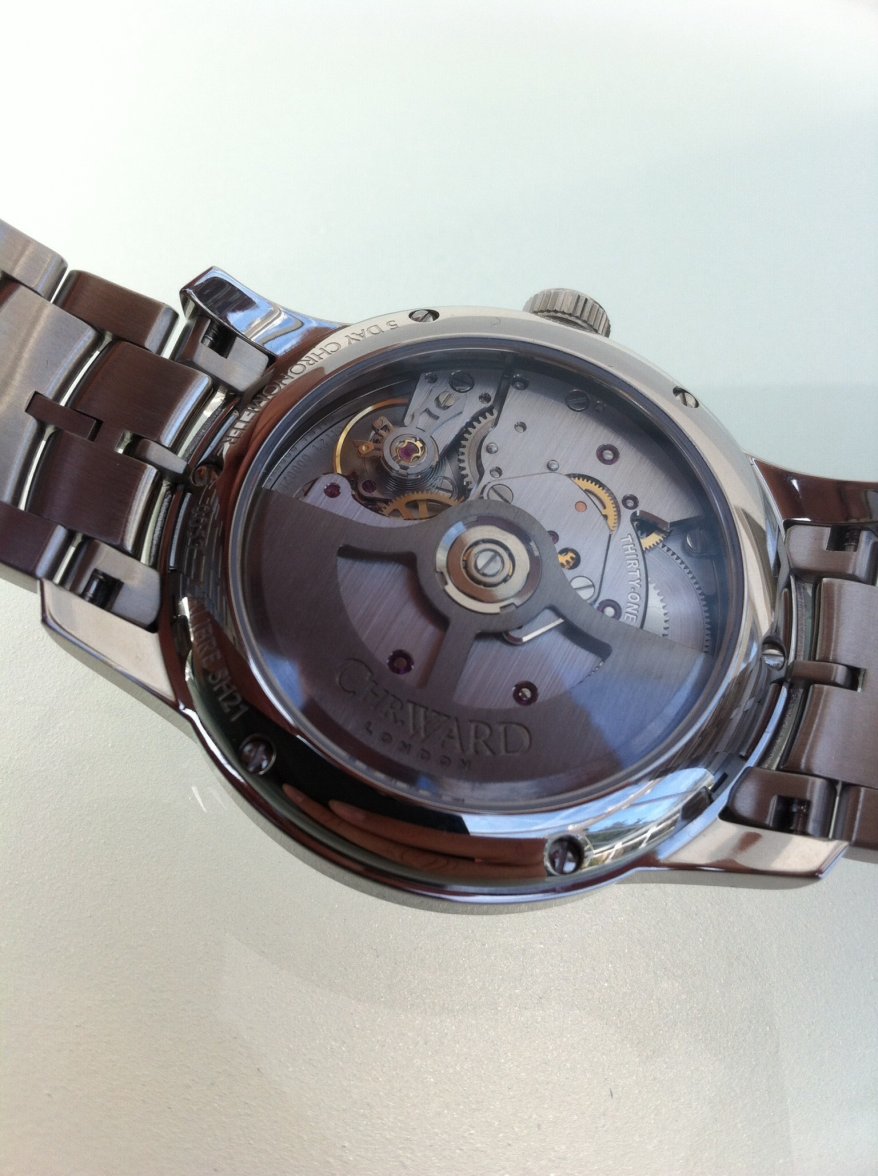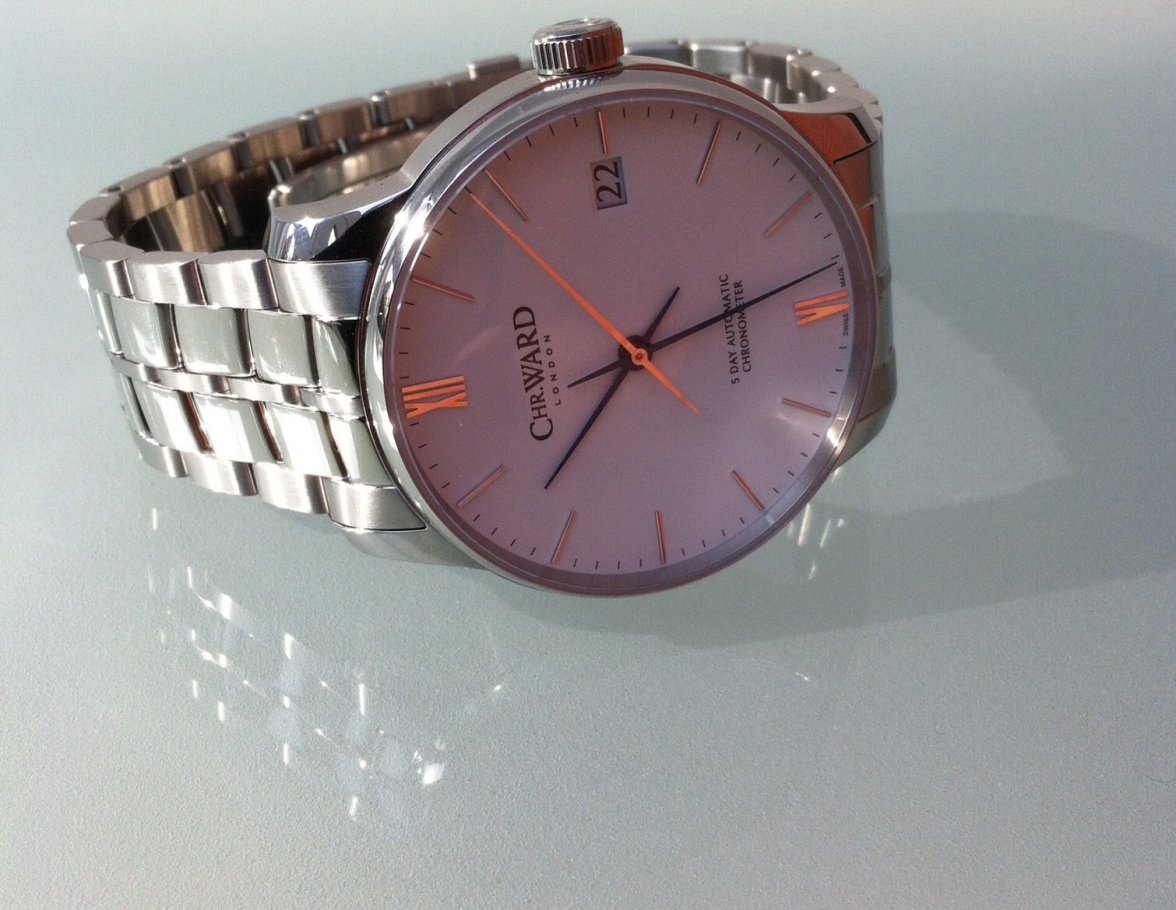Calibre11
·For some time there has been pressure, mainly from Swatch Group, to make it harder to achieve the "Swiss Made" label. The reason is simple- Swatch group control most of the major suppliers to the industry (Singer dials, Nivarox hairsprings, etc) and so can therefore have some control over who gets the Swiss made label and who doesn't.
Swatch group's first move when it was allowed to restrict the supply of parts by the Swiss regulators? Cut supply of Hairsprings to TAG Heuer for the 1887, forcing TAG Heuer to source from Seiko/ Atokalpa (Swiss).
So the new changes are very interesting: http://www.timeandwatches.com/2014/12/strengthening-of-swiss-made-label.html
In essence, the rules will now stipulate:
• Minimum 60% Swiss value for the movement
• Assembly and final inspection of the movement carried out in Switzerland
• Minimum 60% Swiss value for the watch, which must also incorporate a Swiss movement
• Assembly and final inspection of the watch carried out in Switzerland
• Technical development of the movement and watch carried out in Switzerland
That last one is potentially very interesting for TAG Heuer's Calibre 1887, which is based on the Seiko TC78 design. TAG Heuer bought the rights and have significantly modified the movement (e.g. making it larger) as well as making almost all parts themselves in Switzerland. But is that enough to pass the hurdle that "technical development" has been done in Switzerland?
The article states:
"The stipulation that technical development must be carried out in Switzerland, in particular design work and prototyping, has been introduced to comply with the new requirement of the law on trademarks, whereby "Swiss made" must correspond to the place where the activity which gave the product its characteristics was carried out. Since watches are a blend of the technical and aesthetic, it follows that design work and prototyping do indeed confer the characteristics of the Swiss product." (my emphasis)
Watch this develop over the next few months- either way, the new rules don't come into force until 2017...and if there were any problems, I know where TAG Heuer could find another chronograph movement if needed!
Swatch group's first move when it was allowed to restrict the supply of parts by the Swiss regulators? Cut supply of Hairsprings to TAG Heuer for the 1887, forcing TAG Heuer to source from Seiko/ Atokalpa (Swiss).
So the new changes are very interesting: http://www.timeandwatches.com/2014/12/strengthening-of-swiss-made-label.html
In essence, the rules will now stipulate:
• Minimum 60% Swiss value for the movement
• Assembly and final inspection of the movement carried out in Switzerland
• Minimum 60% Swiss value for the watch, which must also incorporate a Swiss movement
• Assembly and final inspection of the watch carried out in Switzerland
• Technical development of the movement and watch carried out in Switzerland
That last one is potentially very interesting for TAG Heuer's Calibre 1887, which is based on the Seiko TC78 design. TAG Heuer bought the rights and have significantly modified the movement (e.g. making it larger) as well as making almost all parts themselves in Switzerland. But is that enough to pass the hurdle that "technical development" has been done in Switzerland?
The article states:
"The stipulation that technical development must be carried out in Switzerland, in particular design work and prototyping, has been introduced to comply with the new requirement of the law on trademarks, whereby "Swiss made" must correspond to the place where the activity which gave the product its characteristics was carried out. Since watches are a blend of the technical and aesthetic, it follows that design work and prototyping do indeed confer the characteristics of the Swiss product." (my emphasis)
Watch this develop over the next few months- either way, the new rules don't come into force until 2017...and if there were any problems, I know where TAG Heuer could find another chronograph movement if needed!

